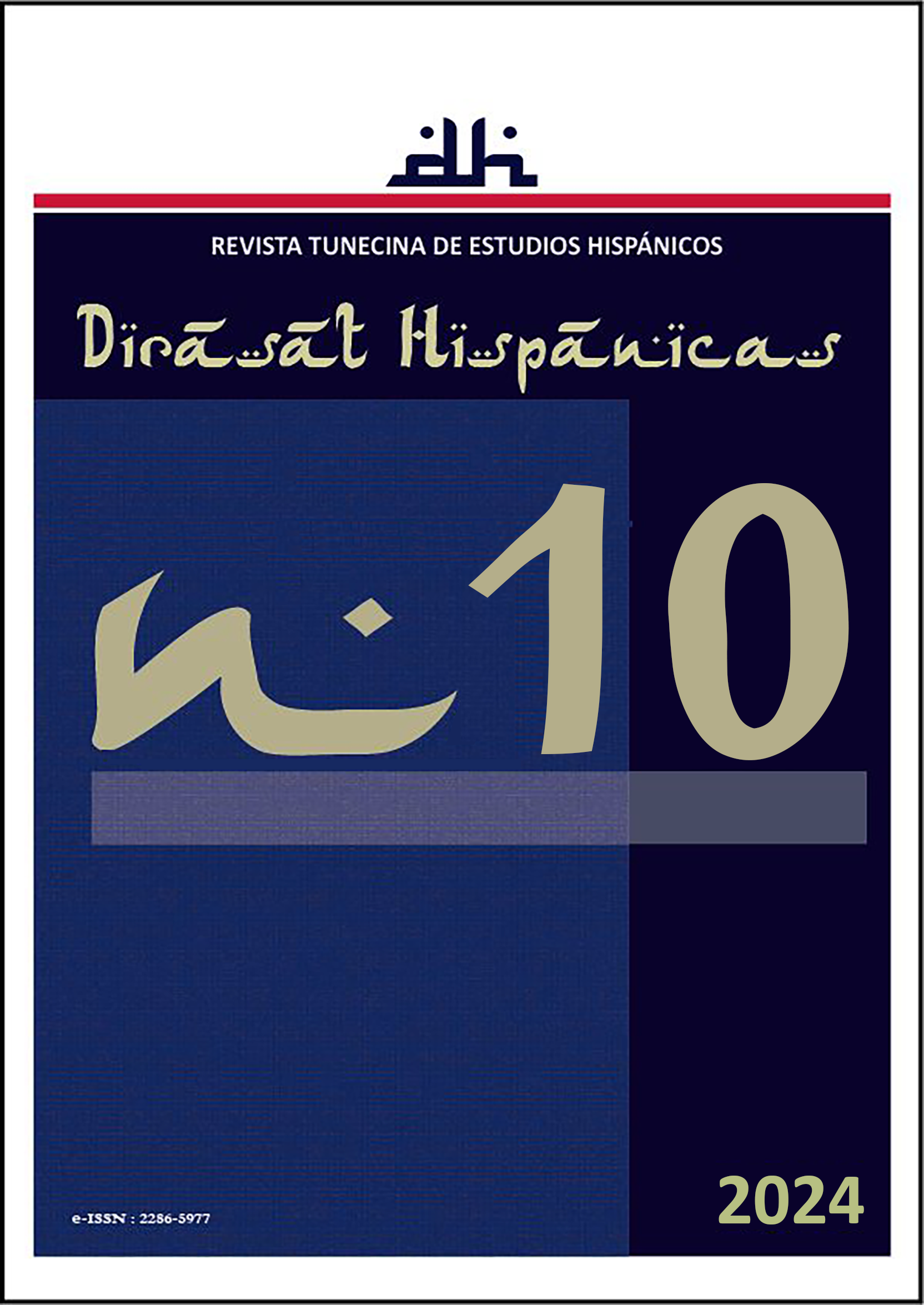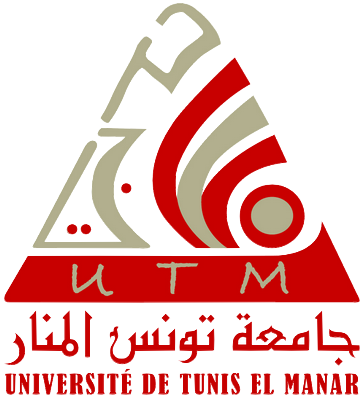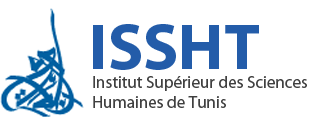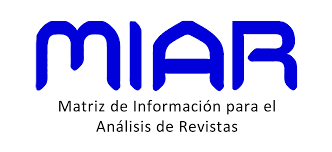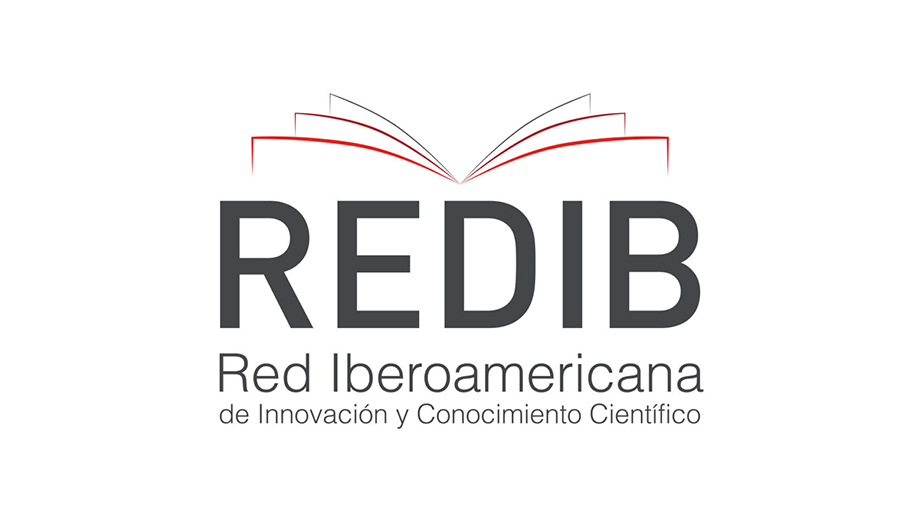Spanish in Algeria: Last Attestations of an Extinct Variety
DOI:
https://doi.org/10.71564/dh.vi10.102Keywords:
Algerian Spanish, Heritage Language, Bilingualism, Language ContactAbstract
The Spanish spoken in Algeria is one of the most unknown varieties of the entire Spanish-speaking spectrum. Except for a few studies from the end of the last century, we do not know whether there are still speakers of Spanish as a native language and what characteristics they possess. In this article, we intend to give an account, thanks to a fieldwork study, of the heritage Spanish that the children of the few Spanish speakers who lived there have learnt and maintained, once they left the country. The results will show not only the influence of Arabic and French, but also the dialectal particularities of this variety of Spanish and the extent to which it has changed from what was recorded in past decades. The data are not only pioneering in this sense, but also represent the latest evidence of Spanish in this area of the Maghreb.
Downloads
References
ABBOTT, Barbara (1997). “Definiteness and Existentials”. Language, 73 (1): 103-108.
ALONSO PASCUA, Borja (2021). “La dimensión geolectal del pretérito perfecto aorístico en español europeo”. Boletín de Filología, 56 (2): 291-322.
__________ (2023). “Desplazamientos del subjuntivo en español europeo: una aproximación dialectal”. Moenia, 29: 1-30.
AZPIAZU, Susana (2015). “Del perfecto al aoristo en el antepresente peninsular: un fenómeno discursivo”. Verba, 42: 269-292.
BENALLOU, Lamine (2002). L’Oranie espagnole. Approche sociale et linguistique. Orán: Editions Dar El Gharb.
BENTIVOGLIO, Paola y Mercedes SEDANO (1989). “Haber: ¿un verbo impersonal? Un estudio sobre el espanol de Caracas”. En G. DE GRANDA (ed.). Estudios sobre español de América y lingüística afroamericana. Bogotá: Instituto Caro y Cuervo, 59-81.
DÍAZ CAMPOS, Manuel (2003). “The pluralization of haber in Venezuelan Spanish: a sociolinguistic change in real time”. Indiana University Working Papers in Linguistics, 3: 1-13.
FERNÁNDEZ-ORDÓÑEZ, Inés (2011). La lengua de Castilla y la formación del español. Madrid: Espasa.
GÓMEZ SEIBANE, Sara (2015). “Apuntes para la diacronía del deísmo en español con verbos causativos y de percepción”. Études Romanes de Brno, 36 (2): 53-65.
GUILHERME, Ana (2024). “Fostes tu? Analogical change in European Portuguese and the case of the second person singular in simple past (indicative)”. Languages, 9 (5): 176-198.
LAMBRECHT, Knud (1980). “Topic, French Style: Remarks about a Basic Sentence Type of Modern Non-standard French”. En D. G. FRANTZ et al. (eds.). Proceedings of the Sixth Annual Meeting of the Berkeley Linguistics Society. Berkley: LSA, 337-360.
__________ (1981). Topic, Antitopic and Verb Agreement in Non-standard French. Ámsterdam/Filadelfia: John Benjamins.
LARA BERMEJO, Víctor (2023). “El condicional en las lenguas romances de la Península Ibérica”. RESLA, 36(1): 30-59.
LIPSKI, John (1996). El español de América. Madrid: Cátedra.
MOLINA MARTOS, Isabel (2006). Sociolingüística del español en el norte de África. Barcelona: Liceus.
MONTRUL, Silvina (2002). “Incomplete Acquisition and Attrition of Spanish Tense/Aspect Distinctions in Adult Bilinguals”. Bilingualism: Language and Cognition, 5: 39-68.
MONTRUL, Silvina et al. (2008). “Gender Agreement in Adult Second Language Learners and Spanish Heritage Speakers: The Effects of Age and Context of Acquisition”. Language Learning, 58: 503-553.
MONTRUL, Silvina y Melissa BOWLES (2009). “Back to Basics: Differential Object Marking under Incomplete Acquisition in Spanish Heritage Speakers”. Bilingualism: Language and Cognition, 12: 363-383.
MORENO FERNÁNDEZ, Francisco (1992). “El español en Orán: notas históricas, dialectales y sociolingüísticas”. Revista de Filología Española, 72 (1): 5-35.
MOUSSAOUI, Meriem (1992). Presencia del léxico español en el habla oranesa. Orán: Universidad de Es-Senia-Oran.
PATO MALDONADO, Enrique (2016). “La pluralización de haber en español peninsular”. En Carlota DE BENITO y Álvaro OCTAVIO DE TOLEDO Y HUERTA (eds.). En torno a haber. Construcciones, usos y variación desde el latín hasta la actualidad. Berna: Peter Lang, 357-391.
POLINSKY, Maria (2007). “Incomplete Acquisition: American Russian”. Journal of Slavic Linguistics, 14: 191-262.
__________ (2008). “Russian Gender under Incomplete Acquisition”. Heritage Language Journal, 5: 40-71.
__________ (2023). “Some Remarks on Spanish in the Bilingual World”. Journal of World Languages, 9 (1): 15-26.
RAO, Rajiv & KUDER, Emily (2016). “Investigaciones sobre la fonética y la fonología del español como lengua de herencia: implicaciones pedagógicas y curriculares”. New Approaches in Educational Research, 5 (2): 105-113.
REAL ACADEMIA ESPAÑOLA (2009). Nueva gramática de la lengua española. Madrid: Espasa.
SERRADILLA CASTAÑO, Ana (2011). “En torno al género de los sustantivos abstractos en –or en español medieval y clásico”. Romanistisches Jahrbuch, 62: 314-353.
SILVA-CORVALÁN, Carmen (1994). Language Contact and Change. Spanish in Los Angeles. Oxford: Oxford University Press.
VIDA CASTRO, Matilde (2024). “Variación social en la lenición de la consonante fricativa velar sorda /x/ en la ciudad de Málaga (España). Parámetros acústicos y discriminación alofónica. Estudio preliminar”. En W. ELVIRA GARCÍA & P. ROSEANO (coords.). Avances metodológicos en fonética y prosodia. Madrid: Ramón Areces, 345-355.
Downloads
Published
How to Cite
Issue
Section
License
Copyright (c) 2024 Víctor Lara Bermejo

This work is licensed under a Creative Commons Attribution-NonCommercial 4.0 International License.
Los autores que publican en esta revista están de acuerdo con los siguientes términos:
Los autores conservan los derechos de autor y garantizan a la revista el derecho de ser la primera publicación del trabajo al igual que licenciado bajo una Creative Commons Attribution License que permite a otros compartir el trabajo con un reconocimiento de la autoría del trabajo y la publicación inicial en esta revista, sin hacer uso del material con propósitos comerciales.
Los autores pueden establecer por separado acuerdos adicionales para la distribución no exclusiva de la versión de la obra publicada en la revista (por ejemplo, situarlo en un repositorio institucional o publicarlo en un libro), con un reconocimiento de su publicación inicial en esta revista.
Se permite y se anima a los autores a difundir sus trabajos electrónicamente (por ejemplo, en repositorios institucionales o en su propio sitio web) antes y durante el proceso de envío, ya que puede dar lugar a intercambios productivos, así como a una citación más temprana y mayor de los trabajos publicados.
